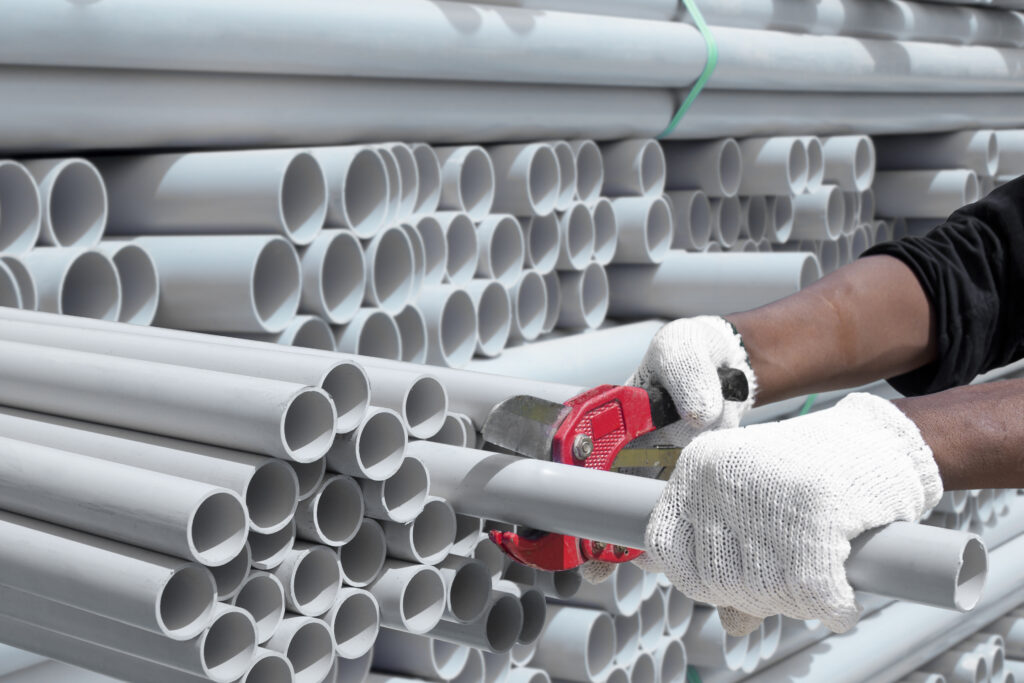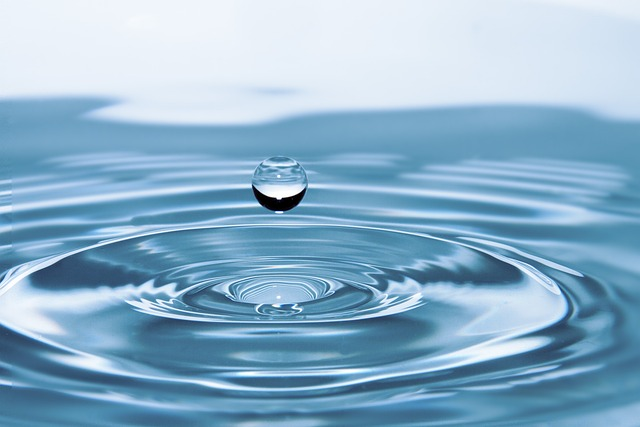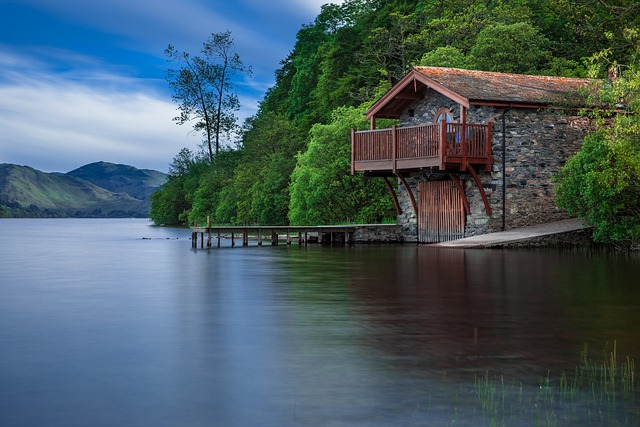The Cost to Run Water Line 1000 Feet
Water lines are essential components of any property, serving as the lifeline for delivering clean water and facilitating various daily activities. The significance of water lines on properties cannot be overstated, as they form the backbone of a functional water supply system, ensuring access to potable water for residential, commercial, and industrial purposes.
cost to run water line 1000 feet calculator?
The average cost to run a water line 1000 feet in America varies widely based on factors like location, terrain, type of pipe, and labor rates. However, a rough estimate might range from $1 to $3 per foot, potentially making it $1,000 to $3,000, not including additional costs for permits, excavation, or special equipment. For a precise quote, it’s best to consult local professionals.
A Private main service line plays a pivotal role in maintaining the functionality and convenience of properties. They enable the seamless flow of water for drinking, cooking, sanitation, irrigation, and other essential needs.
A well-designed and efficiently installed water line system ensures consistent water pressure and quality, enhancing the overall value and usability of the property. Without reliable water lines, properties face potential disruptions in daily routines, affecting comfort, hygiene, and productivity.
The cost of installing water lines from the city’s main line over extensive distances is influenced by various factors. One primary consideration is the length and terrain of the route the water line will cover. Longer distances may require more materials, labor, and specialized equipment, contributing to higher installation costs.

Terrain challenges such as rocky landscapes or areas with significant geographical obstacles may demand additional groundwork, excavation, and protective measures, further impacting expenses.
Additionally, factors like permits, regulations, and the type of piping materials chosen for durability and efficiency can significantly influence the overall cost of new pipes and lining the installation process.
That’s just an overview, let’s take a deep look at this article.
Understanding Water Line Installation
(i). Main Supply Lines
Main supply lines are the primary conduits responsible for bringing water into a property from the municipal water source or a private well. They are the starting point of the water distribution system, connecting the property to the larger water network.
These lines typically carry a significant volume of water and are designed to ensure consistent flow and pressure of the water main and throughout the property.
(ii). Lateral Lines
Lateral lines branch off from the city-owned water lines to distribute water to specific areas or sections within the property. They serve as secondary pipelines, delivering water to individual buildings, sections, or fixtures. Lateral lines play a crucial role in the water bill, ensuring that water reaches different parts of the property efficiently and adequately.
(iii). Other Types
Beyond main and lateral lines, there are various other components in a water line system. These may include branch lines, private main service, or copper water lines, that further divide the water supply to serve specific purposes like irrigation systems, outdoor faucets, or dedicated lines for fire suppression systems. Each type of water line replacement fulfills a specialized function within the overall water distribution network of the property.
Importance of Professional Installation
- Professional installation of water lines is vital for the longevity, functionality, and safety of the entire water supply system. Skilled professionals possess the expertise to assess the property’s requirements, design an efficient water line layout, and implement proper installation techniques.
- Durability: Professional installers use high-quality materials and adhere to industry standards to ensure the durability of the water lines. This reduces the risk of leaks, corrosion, and other structural issues that can lead to costly repairs and water wastage.
- Safety: Incorrectly installed water lines can pose safety hazards such as water contamination, pressure irregularities leading to bursts, and compromised structural integrity. Professionals prioritize safety protocols when doing things like trenchless water line replacement, ensuring that the system is installed correctly, and minimizing potential risks to the property and its occupants.
Professional installation not only guarantees the effective operation of the plumbing system during water supply or main water line replacement but also provides assurance that the system meets regulatory standards, functions optimally, and maintains safety standards over time.
What Are The Factors Affecting Water Installation Cost
(i). Material Costs

- PVC: PVC pipes are cost-effective, ranging from $0.40 to $1.00 per foot, offering affordability and durability for various water supply needs.
- Copper: Copper pipes, known for their longevity and corrosion resistance, are pricier, averaging $2.50 to $10.00 per foot depending on diameter. They are often chosen for their durability and suitability in certain environments.
- PEX: PEX pipes, flexible and easy to install, range from $0.50 to $2.00 per foot. They offer affordability combined with resistance to corrosion and freezing.
(ii). Labor Costs
Several factors influence labor costs:
- Terrain: Tree roots and uneven or rocky terrain complicate excavation, increasing labor requirements and time, and potentially raising costs by 15-20%.
- Depth: Deeper installations demand more labor due to excavation challenges, adding to overall costs.
- Trenching Requirements: The length, width, and complexity of trenches impact labor significantly, affecting installation time and costs.
(iii). Cost Breakdown
Material Cost Estimation:
For example, for a 1000-foot installation:
- PVC at $0.80 per foot totals $800.
- Copper at $5.00 per foot totals $5000.
- PEX at $1.20 per linear foot totals $1200.
Labor Cost Estimation:
Based on industry standards and local rates, a 40-hour installation:
- Estimated labor at $50 per hour totals $2000.
- Terrain challenges (20% extra) could add $400.
Additional Expenses
Permits and Inspection Fees
- Permits vary by location, ranging from $50 to $500. Inspections can add $100 to $300.
Equipment Rental Costs
- Excavator rentals range from $150 to $500 per day. Trenchers may cost $100 to $300 daily.
Miscellaneous Costs
- Fittings, valves, plumbing systems, cast iron, and back-fill materials may collectively add $200 to $500 or more.
Cost Estimation Calculation
Total Material Costs:
- PVC: $800
- Copper: $5000
- PEX: $1200
Total Labor Costs:
- Estimated labor: $2000
- Terrain challenges: $400
Additional Expenses:
- Permits and inspections: $300
- Equipment rental: $500
- Miscellaneous: $400
Overall Estimated or Average Costs:
- PVC: $3600
- Copper: $12,800
- PEX: $3400

These calculations offer an overview; actual costs may vary due to project-specific needs, regional price fluctuations, water line replacement costs, and unforeseen challenges during installation from the municipal water supply.
Tips for Water Installation Cost Optimization
Optimizing water installation project costs involves strategic planning and considerations that can streamline expenses without sacrificing quality or safety:
- Material Selection: Explore various materials and their costs while ensuring they meet quality standards. Opt for cost-effective yet durable options like PVC or PEX, balancing affordability with performance. Assessing the specific needs of the property can help determine the most suitable material.
- Efficient Design: Plan the water line from existing pipes or city line layout efficiently to minimize material usage and labor. Consider shorter routes and strategic placement to reduce the length of water line piping required. Efficient design can significantly cut material costs and installation time.
- Comparative Bidding: Obtain multiple quotes from different water line contractors or suppliers. Comparative bidding helps in understanding market rates and allows for negotiation, potentially reducing overall expenses without compromising quality.
- Local Regulations Knowledge: Understand local building codes and regulations. Compliance is crucial, but some alternatives within the codes might reduce costs. Exploring permitted material substitutions or installation methods can optimize expenses.
- DIY or Partial DIY: Depending on expertise, certain aspects of the installation like trenchless water line replacement might be handled by the property owner. However, this should be approached cautiously as mistakes could lead to water line replacement costs. Simple tasks like digging trenches under guidance might help cut labor costs and cost to replace items.
- Equipment Sharing or Rental: Collaborate with neighbors or nearby projects to share equipment costs. Renting specialized machinery collectively can significantly reduce individual expenses.
- Consider Alternate Trenching Methods: Trenchless water line replacement technologies like directional drilling or pipe bursting, though initially more expensive, might reduce long-term costs by minimizing excavation needs and disruptions.
- Preventive Maintenance: Investing in high-quality materials and installation methods from the start can reduce long-term maintenance costs. Quality fittings, valves, and pipes minimize the risk of leaks or corrosion, avoiding costly repairs in the future.
- Project Planning and Scheduling: Efficient project management, including scheduling deliveries, coordinating labor, and optimizing work hours, can minimize downtime and reduce labor costs.
- Regular Inspections: Ensure thorough inspections during and after installation. Identifying and rectifying issues early prevents costly rework or repairs later.

By combining these strategies and tailoring them to the specific needs of the property, it’s possible to optimize the cost to run water from the water main line below 1000 feet while maintaining quality, compliance, and safety standards.
Hiring Professionals vs. DIY
Advantages of Hiring Professionals
- Expertise and Experience: Professionals bring years of experience and expertise in water line installation. They understand local regulations, and best practices, and have the necessary skills to handle various challenges efficiently.
- Quality Workmanship: Professional installers ensure high-quality work, using proper techniques, materials, and tools, which can contribute to the longevity and functionality of the water line system.
- Time and Efficiency: Professionals work efficiently, completing installations in a timely manner. Their experience allows them to navigate potential obstacles swiftly, reducing downtime.
- Compliance and Permits: Professionals are well-versed in obtaining necessary permits and adhering to building codes, ensuring the installation complies with regulations.
Disadvantages of Hiring Professionals
- Cost: Hiring professionals can be more expensive due to labor costs and markups on materials. However, this water line replacement cost often ensures quality and minimizes future repairs.
- Scheduling and Availability: The availability of professional installers might affect project timelines. High-demand seasons can lead to longer wait times for installation.
Advantages of DIY Installation
- Cost Savings: DIY projects can potentially save on labor costs. However, this might come at the expense of time and quality.
- Learning Experience: DIY projects provide hands-on learning opportunities. They can be educational and satisfying for individuals interested in learning about plumbing and installation.
Disadvantages of DIY Installation
- Lack of Expertise: DIY installers may lack the knowledge and experience required for proper installation. Mistakes in design or execution could lead to leaks, water damage, or non-compliance with regulations.
- Safety Risks: Handling tools, excavation, and working in confined spaces pose safety risks for DIYers. Incorrect installations can create hazardous conditions.
- Time and Complexity: Water line installation involves complexities, from choosing the right materials to understanding the property layout and local regulations. DIYers may underestimate the scope of the project, leading to delays and frustration.
- Lack of Warranty or Insurance: Professional installers often offer warranties for their work. DIY projects typically lack such guarantees, leaving homeowners responsible for any issues that arise.
In essence, while DIY projects might seem cost-effective, water line installation requires specialized knowledge and experience. Hiring professionals ensures proper installation, compliance with regulations, and reduced risks of future problems.
Frequently Asked Questions
Is it expensive to run a water line?
The total cost amount can vary based on factors like materials, labor, and distance. Longer distances or challenging terrain can increase the water line replacement cost.
What size water line do I need to run 500 feet?
The size burst pipe needed can depend on water demand, but typically, larger diameters (3/4 inch or greater) are recommended for longer runs to maintain adequate pressure.
Can you run your own water line?
While possible, it requires knowledge of plumbing codes, tools, and expertise. It’s often recommended to hire a professional to ensure you have the right water line replacement cost, safety, and compliance.
What is the best size water line for a house?
This depends on household water demand. Typically, 3/4 to 1-inch pipes serve residential city water needs adequately.
What type of pipe to use for the main water line?
Common choices include PVC, a copper pipe, and PEX. Each has pros and cons; consult with a professional to choose the best for your situation.
How long do underground water lines last?
Properly installed and maintained lines can last decades—50 years or more, depending on materials and environmental factors.
How much does it cost to install a PVC pipe?
PVC costs can vary based on pipe diameter and length per linear foot. On average, it can range from a few hundred to a few thousand dollars for a new line for a home installation.
What size is the water line from the meter to the house?
This varies but often existing pipe ranges from 3/4 inch to 1 inch in diameter, ensuring adequate water flow to the property.
How often should water lines be replaced?
There isn’t a water line replacement cost for an old pipe in a fixed timeframe. Water line replacement may be needed due to degradation, leaks, or material lifespan, often after several decades.
How do you fix a broken water pipe underground?
Repair methods vary based on the pipe material and the extent of damage. It often involves excavating the damaged area and replacing the section or using repair clamps or sleeves. Professional expertise is recommended in replacement pipe bursting methods for safety and effectiveness.
Is it expensive to do a water line replacement?
Depending on the amount of fixable piping, you may pay anywhere from $1,500 to $13,000 to get a water line replacement on a traditional, trenched system. The cost of trenching is $400 to $1,200 per foot. Trenching water lines requires much more digging to access the main line.
Conclusion

When it comes to water line replacement and installation, the decision between hiring professionals and tackling it as a DIY project is crucial. Professionals bring expertise, experience, and assurance of quality work, ensuring the system’s functionality, compliance, and longevity. Their knowledge of regulations and industry best practices mitigates risks and guarantees a job well done.
However, DIY endeavors might seem cost-effective but carry significant risks. Lack of expertise can lead to errors, safety hazards, and potential long-term issues, nullifying initial cost savings. Yet, DIY projects can offer valuable learning experiences for those with the time, patience, and willingness to learn, albeit with the understanding that mistakes might be costly.
Ultimately, the choice hinges on factors like budget, available time, and comfort level with plumbing projects for the cost to run water line 1000 feet. If water line replacement cost is in doubt, it’s often wise to invest in professional installation, ensuring a reliable water supply and peace of mind. Balancing cost considerations with the importance of a properly functioning water line is key—prioritizing quality and safety is an investment in the property’s future.



